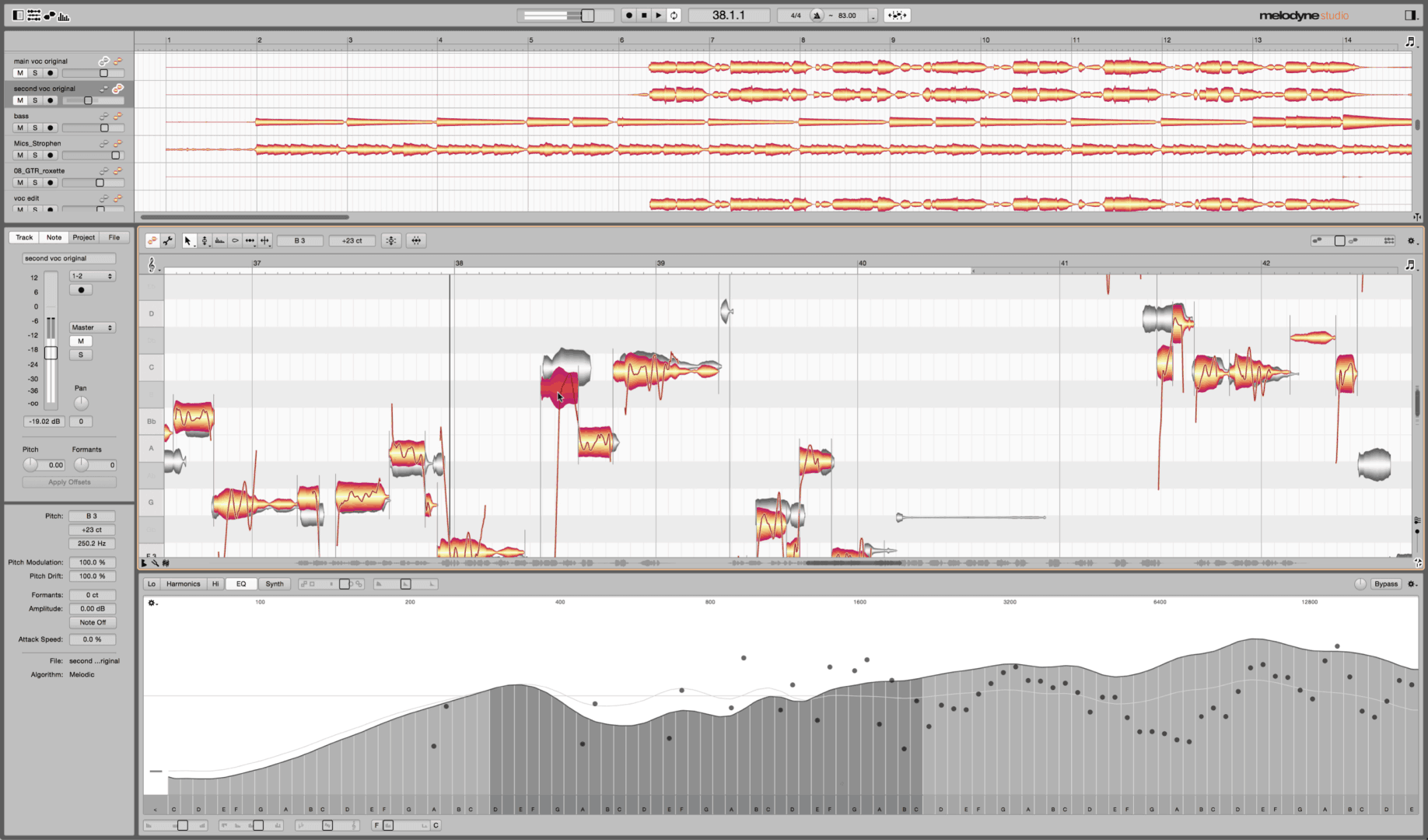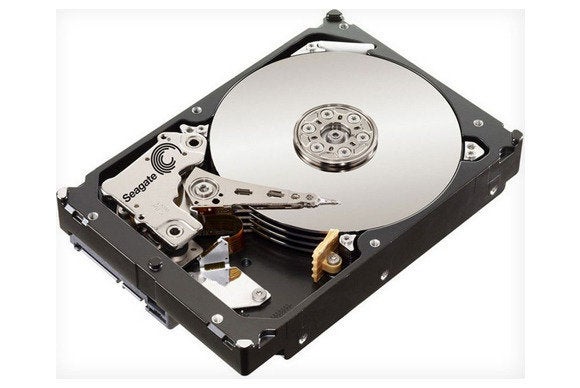Auto Tune Vs Melodyne
Feb 14, 2006 I tried the demo for Melodyne about a year ago too, and although it was really cool and in my opinion easier to do manual edits, it didn't integrate well with a Pro Tools session- I had to manually open Melodyne and import the vocal track for tuning. I know Waves Tune is pretty hot off the press, and Melodyne has some serious updates too. Jan 05, 2018 Antares Autotune 8 vs Melodyne Studio 4; If this is your first visit, be sure to check out the FAQ by clicking the link above. You may have to register before you can post: click the register link above to proceed. To start viewing messages, select the forum that you want to visit from the selection below. Jun 01, 2018 Using Both Auto-Tune & Melodyne On A Vocal - Duration: 12:33. TrueSoundStudios 63,650 views.
- Mar 27, 2020 There is a fundamental difference in how the Melodyne and Auto-Tune process audio. The key difference between the two plug-ins is that Melodyne is nonlinear, whereas Autotune processes audio in real-time in a linear fashion. To be more specific, Melodyne records the audio.
- Jul 26, 2014 Antares Auto-tune or Melodyne? I can’t find the settings in Melodyne that I need. It seems to plane for me. So I consider of buying a complete tool. Who is the best of these two? Antares Auto-tune and Melodyne.
- Apr 04, 2020 Melodyne vs Antares Auto-Tune Both options are leading vocal tuning plugins that are powerful and full of capabilities. And both of them do the same thing. However, there are some points where they perform well and where they do not.
Mix engineers today are asked to do far more than simply mix the song. In fact, it’s now expected that they clean the tracks, eliminate pops and clicks, adjust the track timing, and replace or augment some of the sounds as well. Another job that falls to many mix engineers today is correcting the pitch of any track that needs it. This process is faster and easier than ever, but like anything else, you still need good fundamental technique to seamlessly pull it off.
Some History
Though widely popularized beginning in 1997, the process of pitch correction has been around since the 1970’s, starting with the Eventide H910 Harmonizer. Primitive as it was, the H910 did allow for slight pitch corrections, although the digital artifacts that it imposed on the sound were quite substantial the farther you strayed from the original pitch. As newer versions of the Harmonizer (and later the French Publison Infernal Machine) were released, engineers could get a wider range of correction before the digital artifacts became noticeable, but the bulk of the work was still done manually.


To give you an idea of what “manually” actually meant, the engineer would locate the point in the track that needed correction, set the Harmonizer to the correct pitch, rewind the tape, play it through the Harmonizer, then either record it on to another track or a different tape machine, which then had to be recorded back onto the master in sync. Needless to say, it was a tedious process to correct even a single note. Of course, studio owners back then loved to hear that a project decided to tune vocals since the bill for studio time would expand substantially.
Getting Started With Pitch Correction Plug-Ins
The most popular track-tuning plug-ins in use today are Antares Auto-Tune and Celemony Melodyne, but there are many others to choose from as well. Be aware that all tuning plug-ins impart their own sound, and it might not always be pleasing. Engineers typically own several different ones so they have options for various tuning situations.
Unless you are going for the obvious vocal tune effect, ala Cher or T-Pain, consider these tips for more discreet pitch management:
Mar 29, 2019 How to Delete a Boot Camp Partition from Your Mac - Steps Back up your machine. Log out of all other users. Quit all open apps. Launch Boot Camp Assistant. Click Continue. Click on 'Remove Windows 7'. Select Restore. Type an Administrator's name and password in the pop up window, then click. Boot Camp is a native macOS utility mainly used for running multiple operating systems. Despite the regular application status, removing a Boot Camp partition is nothing similar to deleting a regular Mac app. You can erase unwanted partition with the help of Boot Camp Assistant or Mac. Aug 20, 2018 This article shows how to remove bootcamp services from Windows 10 completely. MacOS Yosemite and later versions allow installation of Windows 10 on Mac using Boot Camp Manager available in Launchpad.  When making the move to a Mac, you created a Boot Camp partition in order to run Windows. You're so over Windows now and you'd like to get rid of it.
When making the move to a Mac, you created a Boot Camp partition in order to run Windows. You're so over Windows now and you'd like to get rid of it.
- Use the performance itself first. Before you apply pitch correction, try to find other parts to use in the performance to keep any correction as natural-sounding as possible. Consider vocal comping, or simply copy and paste phrases, words, or syllables from other parts of the song.
- A little goes a long way. The fewer notes you correct, the more natural your performance will sound. You’re much better off just correcting a few notes than attempting to correct a large portion of the entire performance. If it’s that far off, you should simply record that part again.
- Use the most precise mode. Auto-correct modes may be designed to make things turnkey, but they’re often not precise enough for most applications. As a result you may get audible fluctuations that make the track sound artificial — which is usually not what you’re after. If the plug-in has one, use the graphical mode to achieve the most precise tuning with the least amount of audible artifacts.
- Don’t worry about perfectly tuned vocals. Even the best vocalists are never precisely on pitch — that’s what makes them unique. Getting the pitch within a few cents will sound more like the real thing, since it’s the variations and inaccuracies that make a human voice sound human.
- Print the pitch correction. Instead of leaving the pitch correction patched in as a plug-in, you’re better off printing a corrected pass and using that track instead. This saves precious system resources and also eliminates any problems that might occur if the session is moved to a different DAW.
A Few More Tips
Here are a few tricks often used when correcting the pitch of a mix element. As always, don’t be afraid to experiment, since slight variations might fit better on a particular mix.
- Experiment with harmonic resonance. Sometimes raising the formants (the harmonic resonance) of a voice can make the vocal sound a bit more exciting or breathier. It doesn’t actually change the pitch — just the placement of the voice’s harmonics.
- If the vocal is off enough that the pitch correction sounds robotic, try this trick. Copy the vocal to two additional tracks and spread them left and right. Tune one of the vocals up by 2 to 8 cents; tune the other down by 2 to 8 cents. This will smooth out an out-of-tune vocal and make it sound a lot thicker at the same time.
- Try adding some reverb. Tuned vocals almost always sound better with a least a touch of reverb or delay on them.
- Be gentle with lead vocals. Generally, background vocals can get away with much more pitch correction than lead vocals before any artifacts are heard.
Depending on how much of a purist you are, pitch correction is either the worst thing to happen to modern music or a godsend. Regardless of where you stand on the issue, Auto-Tune is a necessary and powerful tool in modern music production — use it wisely.
— Bobby Owsinski
Antares Auto-Tune Realtime Advanced
(192)299,00 €Add to Cart- On Sale
Eventide® H910 Harmonizer
(106)Add to CartRegular Price: 249,00 €
124,00 €
You'll Save 50%
Read More
Antares Auto Tune Vs Melodyne
Recording Hip Hop Vocals with Grieves
Auto-tune Vs Melodyne
Watch as UA’s Ben Lindell crafts powerful hip-hop vocals with renowned Seattle rapper, Grieves, using UAD Plug-Ins and realtime processing with the Console app.
The Inner Game of Vocal Production
Three top engineer/producers give you some tips and techniques for managing this careful dance of sonic techniques and interpersonal skills.
Learning to Plug-In — How to Track Better Vocals
A well-sung lead vocal can make your tracks soar. But producers far and wide will also tell you that vocals can be the single most difficult element of a production to get just right.